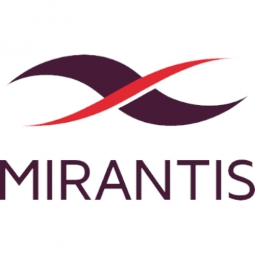Mirantis
Case Studies
Leading Dutch Biodiversity Institute Transforms Scientific Computing, Welcomes Third Party Research Collaboration
Overview
 |
Leading Dutch Biodiversity Institute Transforms Scientific Computing, Welcomes Third Party Research CollaborationMirantis |
Infrastructure as a Service (IaaS) - Cloud Computing Infrastructure as a Service (IaaS) - Cloud Storage Services Application Infrastructure & Middleware - Data Exchange & Integration | |
Education Life Sciences | |
Product Research & Development Quality Assurance | |
Cloud Planning, Design & Implementation Services Data Science Services System Integration | |
Operational Impact
| As a result of the Mirantis OpenStack deployment, the Center’s scientists have much faster and more democratized access to high performance research systems. | |
| Calculations that previously took weeks are now completed in days or even hours. And researchers have the freedom and control to quickly scale, return, and rebuild resources as needed. | |
| Rapid scaling of storage for digitizing the 37 million object catalog is substantially more efficient and affordable than before the OpenStack and Ceph deployment. | |
Quantitative Benefit
| 10x faster research calculations – from weeks to days | |
| Increase in efficiency of data storage and file backup | |
| 10-minute provisioning of new web servers | |


